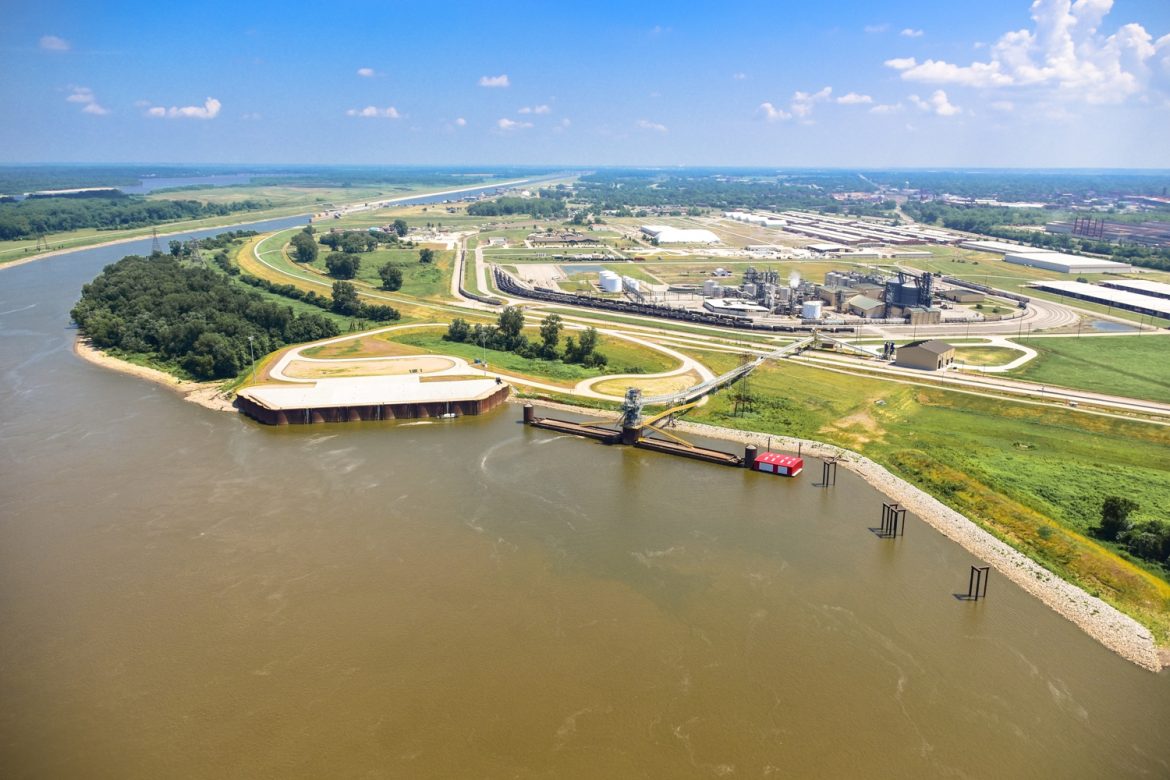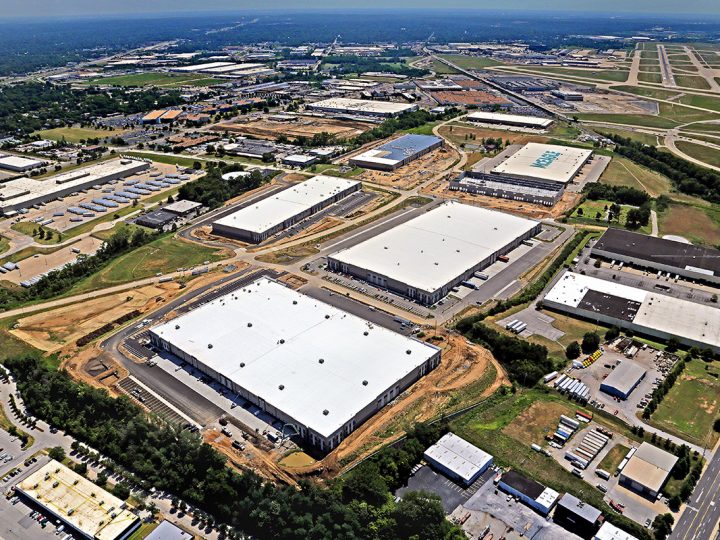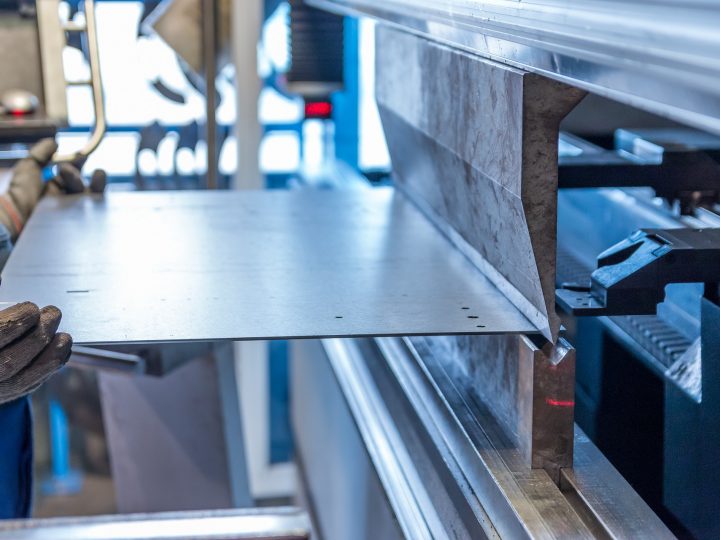
This story was originally published by America’s Central Port on June 16.
Alex Burkart | America’s Central Port
“The United States has a versatile and expansive network of navigable waterways including: rivers, bays, channels, coasts, the Great Lakes, open-ocean routes and the Saint Lawrence Seaway System. In 2007, the Department of Transportation, Maritime Administration (MARAD), created the Marine Highway Program to help maintain and enhance “America’s Marine Highway,” as MARAD likes to call it.
America’s Central Port (ACP) plays a critical role in leveraging the transportation opportunities that help attract U.S. and foreign direct investment to the Southwest Illinois and Greater St. Louis region.
In order to capture the full transportation potential of the Mississippi River, America’s Central Port has been pursuing container-on-barge (COB) for many years. With the completion of the Madison Harbor construction in 2016, the Port has been of the firm belief that COB can happen in the St. Louis area, and that the Madison Harbor is primed for container movement.
The Madison Harbor was constructed to handle bulk movement of grain from unit trains to barge as well as general cargoes, with the movement of containers kept in the forefront of the design of the facility. A dual access road system is one example of how the Port designed the facility with the trucking and container industry in mind. Two roads lead to the Madison Harbor general cargo dock: one bypasses a rail crossing, and the other has no overhead height restrictions. This unimpeded, redundant access reduces congestion and emissions, and greatly increases efficiencies of the Madison Harbor operator and truck/chassis drivers…”
Read More



